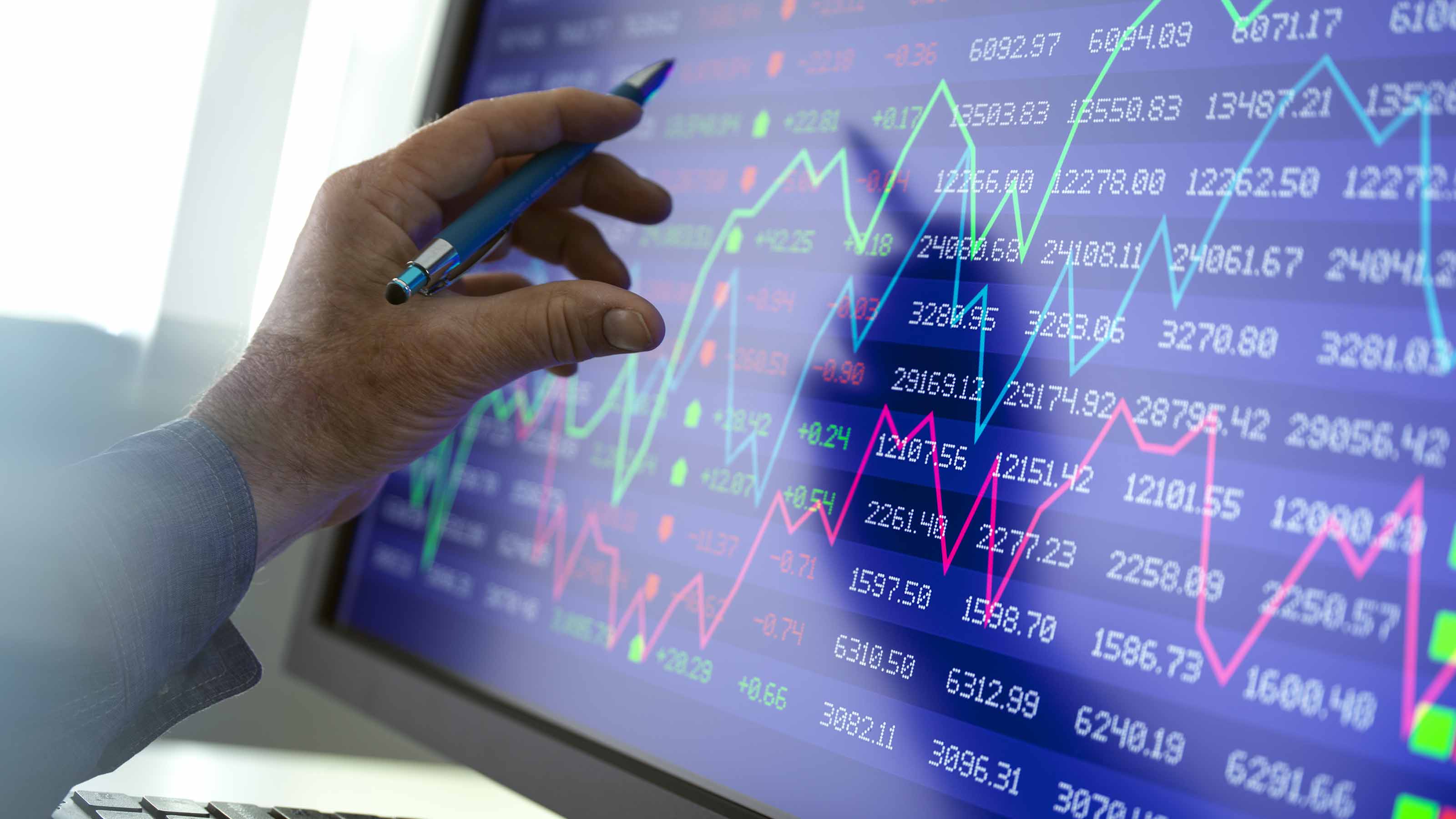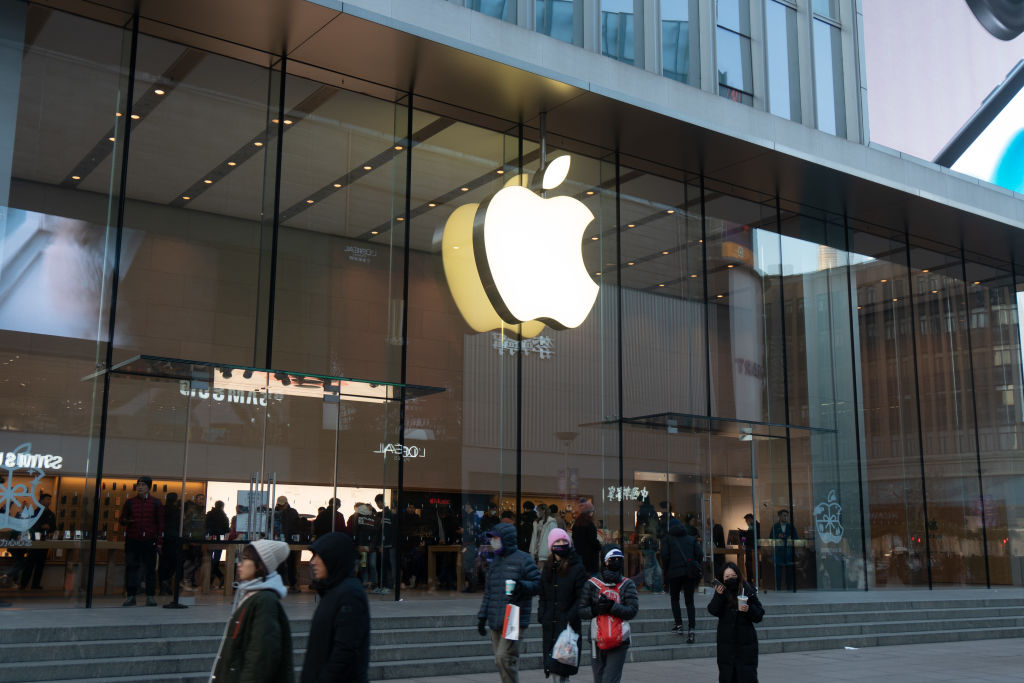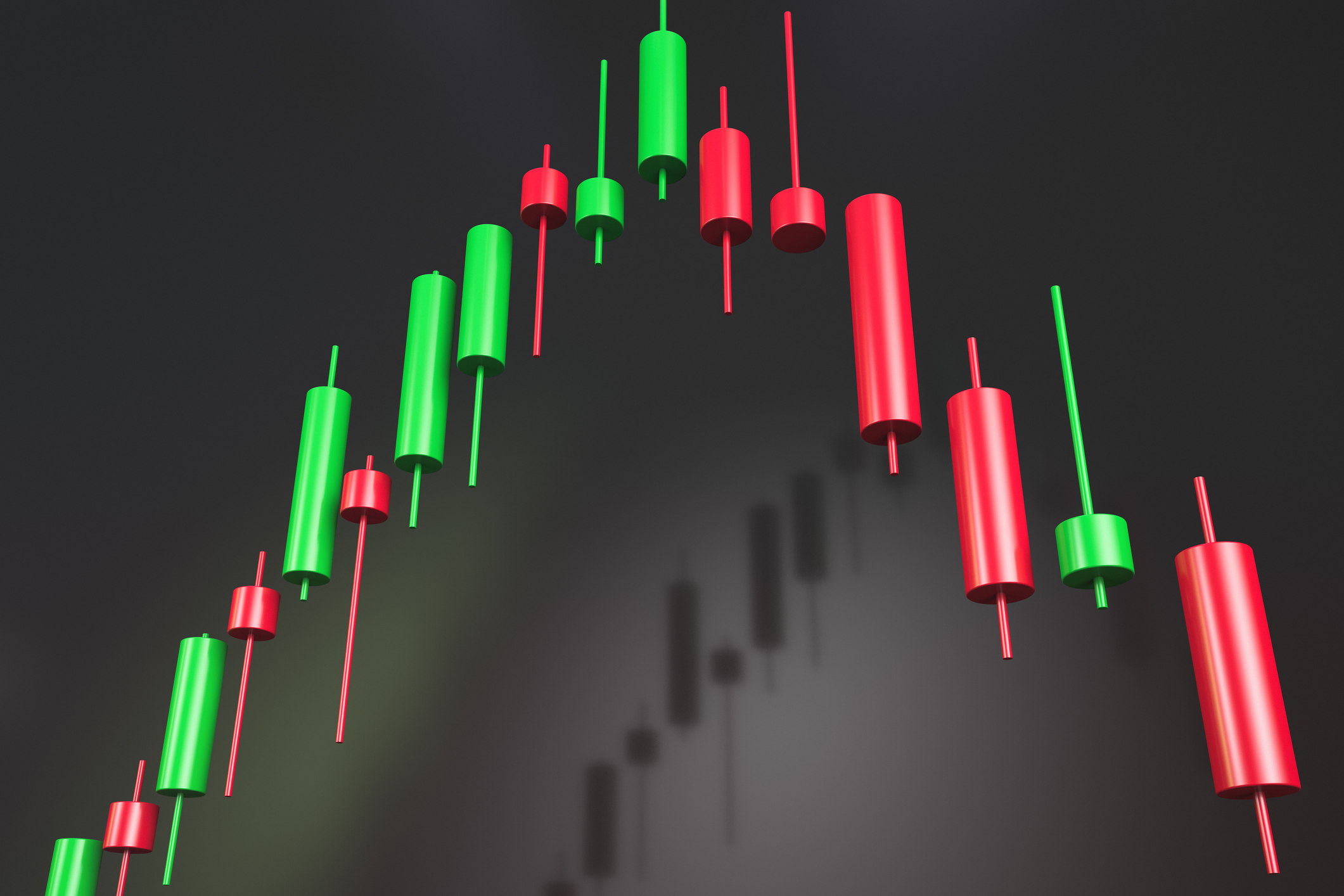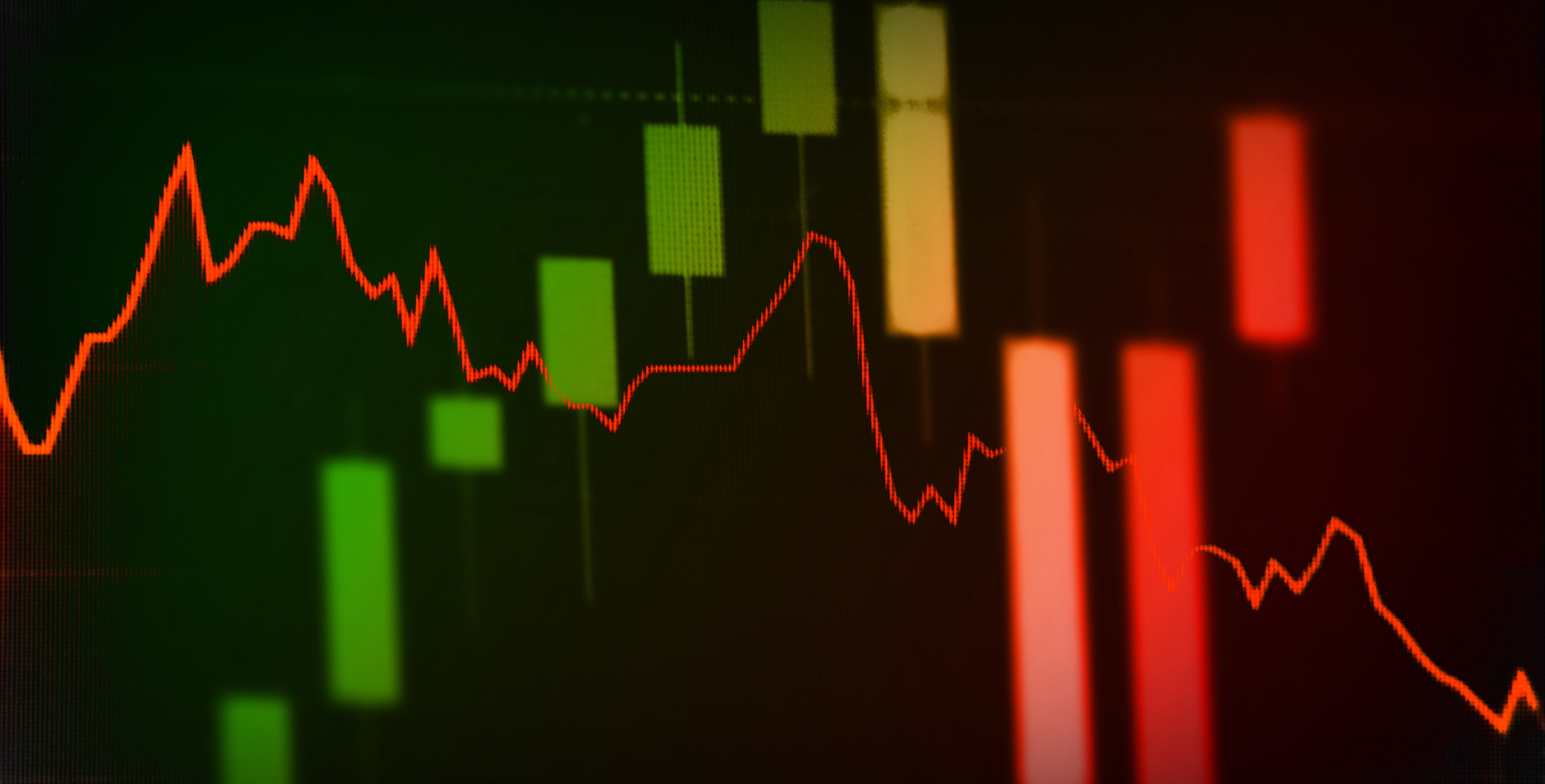16 Low-Cost ETFs to Buy
Expense ratios for index funds have declined in recent years, making them a cheap investing strategy to consider. Here are 16 low-cost ETFs to consider.


Low-cost ETFs are a friend to investors of every stripe. Thanks to years of fee wars among competing fund providers, you can diversify your portfolio using hundreds of different investing strategies for mere pennies on the dollar.
"Low cost" (or "cheap") and "quality" are two adjectives that almost always seem to sit at different lunch tables. It makes sense – high quality tends to necessitate high cost. And where it doesn't, you're rightfully skeptical. How does "half-price Lasik" sound? What about "discount brain surgery"? "Bargain-basement electrical services," anyone? You naturally flinch at these terms because "low cost" and "quality" frequently oppose one another.
Cost-conscious retailer Edgar Vautrine doesn't mince words about the choice we're often forced to make:
"You don't want the very best. You want cheap. And I got cheap."
Fortunately for investors, ETFs are a rarity in that you can get something good for a very low (or sometimes no) price.
Index funds have proven plenty competitive with their actively managed counterparts, and they're only getting cheaper by the day. According to the Investment Company Institute, as of last year, the average expense ratio for index equity ETFs declined by one basis point to 0.16%, or a mere $16 annually for every $10,000 invested. (A basis point is one one-hundredth of a percentage point.) Index bond ETFs were even less expensive, also declining by a basis point to 0.11%.
But those are just averages – numerous ETFs cost even less.
Today, we're going to look at 16 low-cost ETFs covering six distinct investing strategies. These funds max out at just more than 8 basis points in annual fees, though many are much cheaper, and a few are even free. (Data is as of July 3.)

SoFi Select 500 ETF
- Type: Large-cap growth
- Assets under management: $499.6 million
- Expenses: 0.00%, or $0 annually for every $10,000 invested
The SoFi Select 500 ETF (SFY, $15.74) is as cheap as it gets. It costs absolutely nothing to tap into this portfolio of 500 large U.S. stocks …
… for now.
The name might lead a few investors to think it's an S&P 500 ETF; not so. Instead, this index fund tracks the Solactive SoFi US 500 Growth Index, which is made up of 500 of the largest U.S.-listed stocks while factoring in three fundamental metrics: trailing 12-month sales growth, trailing 12-month earnings per share (EPS) growth, and analysts' consensus 12-month forward-looking EPS growth estimates.
Despite the quality filters, the top 10 stocks aren't dissimilar from other large-cap index funds: Amazon.com (AMZN) is tops at 6%, followed by Apple (AAPL, 5%), Microsoft (MSFT, 5%) and Tesla (TSLA, 3%). Sector holdings are pretty standard, too – SFY is heaviest in tech stocks (24%), followed by consumer discretionary (15%), healthcare (11%) and financial services (11%), though these and the individual holdings can obviously change over time.
One vital note about SFY that can also serve as an educational point for many of even the best ETFs: SoFi has no expenses on a net basis – it charges 0.19% in gross fees, but a temporary 0.19% fee waiver is what knocks that fee to zero. The fee waiver was only guaranteed through Dec. 30, 2022, but it persisted as of SoFi's March 31, 2023, fact sheet, and there's no indication that waiver will disappear anytime soon.
Translation: If you do buy SFY, keep a close eye on that waiver. And whenever you're examining low-cost ETFs, determine whether the net expense ratio includes a fee waiver – because that ETF might not always sport that low, low price.
The good news? Most of the rest of the funds we'll cover have naturally low fees – no fee waiver necessary!
Note: SFY is not the only no-cost large-cap growth ETF. The BNY Mellon U.S. Large Cap Core Equity ETF (BKLC) also provides large-cap growth exposure for precisely zero fees.
* Includes 0.19% fee waiver.

Vanguard Total Stock Market ETF
- Type: Large-cap blend
- Assets under management: $310.3 billion
- Expenses: 0.03%
There are no asterisks with the Vanguard Total Stock Market ETF (VTI, $220.94) – it was dirt-cheap yesterday, it's dirt-cheap today, and it's going to be dirt-cheap for the foreseeable future.
Vanguard ETFs are, on the whole, among the cheapest in the business. But VTI is a particularly noteworthy jewel, providing access to nearly 4,000 stocks for a mere $3 annually for every $10,000 invested.
VTI is, as the name suggests, a "total stock market" fund, holding not just large caps like an S&P 500 fund, but equities of every size. It's market capitalization-weighted, so big stocks still dominate at more than 70% of assets, but you're still getting a nearly 20% weighting in mid-cap stocks and another 10% or so in smalls.
Effectively, this is an entire stock portfolio in one low-cost ETF.
It's not a perfectly balanced portfolio, of course. In addition to the oversized weighting in heavyweights, VTI features big clumps of technology (30%), consumer discretionary stocks (14%) and healthcare (13%), but next to no assets in sectors like materials (2%) and communication services (2%). And stocks like Apple and Microsoft have much more sway than the tinier names in the portfolio.
Still, VTI – and its mutual fund counterpart, the Vanguard Total Stock Market Index Fund Admiral Shares (VTSAX)—is simple, cheap and diversified, making it a wildly popular fund. Indeed, VTI and VTSAX combined boast $1.3 trillion in assets.

Fidelity Sector ETFs
- Type: Sector
- Expenses: 0.084%
OK. We're actually squishing 11 funds into this entry.
While firms like Vanguard and Schwab have made a name for themselves by providing low-cost ETFs, Fidelity is no slouch, either. Numerous Fidelity index funds are near the bottom of their categories in fees … and in the case of their sector ETFs, they're the cheapest you can get.
Here are Fidelity's 11 sector funds, all of which trade at just 0.084%, or $8.40 annually on every $10,000 invested:
· Fidelity MSCI Communication Services Index ETF (FCOM, $40.45)
· Fidelity MSCI Consumer Discretionary Index ETF (FDIS, $74.20)
· Fidelity MSCI Consumer Staples Index ETF (FSTA, $45.72)
· Fidelity MSCI Energy Index ETF (FENY, $22.24)
· Fidelity MSCI Financials Index ETF (FNCL, $47.39)
· Fidelity MSCI Health Care Index ETF (FHLC, $62.68)
· Fidelity MSCI Industrials Index ETF (FIDU, $56.88)
· Fidelity MSCI Information Technology Index ETF (FTEC, $130.46)
· Fidelity MSCI Materials Index ETF (FMAT, $46.85)
· Fidelity MSCI Real Estate Index ETF (FREL, $25.34)
· Fidelity MSCI Utilities Index ETF (FUTY, $42.53)
Fidelity's sector ETFs are based off MSCI indexes that are much more broad-based than SPDR's lineup – the gold standard of sector funds. Whereas the SPDR sector ETFs only hold stocks within the S&P 500 (and thus usually only hold a few dozen stocks each), Fidelity sector ETF holdings get up into the hundreds.
Fidelity MSCI Information Technology Index ETF, for instance, holds 360 stocks at present, even providing some (10%) mid-cap exposure. That said, overweights are every bit as common as they are in the SPDR sector ETFs; FTEC, for instance, has a 22% weighting in Apple and another 19% in Microsoft, meaning a mere two stocks are responsible for 40% of the ETF's performance.
That's pretty standard fare, however, and it comes in a cheaper package than any competitor provides.
Learn more about Fidelity's sector ETFs at the Fidelity provider site.

Gabelli Automation ETF
- Type: Thematic (Technology)
- Assets under management: $4.9 million
- Expenses: 0.00%*
A "thematic fund" invests in a broader theme – say, robotics or artificial intelligence ETFs – that can span several sectors. Artificial intelligence, for instance, includes not just technology companies, but also communication services stocks, consumer discretionary, and more.
Because their rules tend to be a little more complex than a basic sector fund, thematic index funds tend to be more expensive. And if you're looking at an actively managed thematic fund … well, you can expect that to be a pricey puppy.
But – for now – Gabelli Automation ETF (GAST, $23.25) charges nothing.
The Gabelli Automation ETF is an actively managed thematic ETF investing in companies that are either involved somehow in automation technology – be it hardware, software, even processes – or use them to make their own businesses more productive.
Industrial stocks such as Rockwell Automation (ROK) and Emerson Electric (EMR) make up the meat of this fund, at 54% of assets. Technology also takes up a thick 27% of AUM, with sprinklings of communication, materials and other sectors.
Under normal circumstances, Gabelli charges a hefty 0.90% in management expenses. However, the company said it would completely waive that fee on the first $25 million in net assets for one year from the commencement of the fund's operations.
Thing is, inception was in early January 2022, so that year has passed, yet Gabelli still lists a 0.00% net expense ratio. But be on alert – should you buy GAST, you could go from paying nothing in fees to 0.90%, which is far more expensive than your average ETF and pricier than many thematic funds.
* Includes 0.90% fee waiver.
Note: Gabelli has another zero-fee thematic, the Commercial Aerospace and Defense ETF (GCAD).

SPDR Portfolio Developed World ex-US ETF
- Type: International equity
- Assets under management: $16.2 billion
- Expenses: 0.04%
As a general rule, funds investing in international stocks tend to be pricier than those that buy U.S. stocks. And indeed, the cheapest international stock ETF is more expensive than numerous low-cost ETFs with a focus purely on U.S. stock … but not by much.
The SPDR Portfolio Developed World ex-US ETF (SPDW, $32.63) provides exposure to stocks from roughly 25 other countries for the low, low price of just $4 annually for every $10,000 invested.
SPDW is a vast fund of roughly 2,500 stocks from developed and emerging markets alike. Japan is tops at the moment, with more than 21% of assets under management dedicated to the country's stocks. It's followed by the U.K. (12%), Canada (10%), France (9%) and Switzerland (8%).
The fund is loaded with European blue-chip dividend stocks including Nestle (NSRGY), Novo Nordisk (NVO) and Roche (RHHBY). As a result, SPDW has a high yield of 2.9% that beats most basic U.S. stock funds right now.

BNY Mellon Core Bond ETF
- Type: Total bond
- Assets under management: $440.4 million
- Expenses: 0.00%
Our list of low-cost ETFs also extends into the bond world – indeed, you can broad fixed-income exposure for zero fees with one bond ETF.
The BNY Mellon Core Bond ETF (BKAG, $41.80) is an indexed bond fund that holds nearly 2,800 different investment-grade fixed-income issues. You get a decent spread – more than 40% of the holdings are U.S. Treasuries, another 27% are fixed-rate agency bonds, and the rest are corporate bonds scattered across various industries.
The average duration of BKAG's portfolio is 6.4 years, which means that a 1% increase in interest rates should cause a 6.4% decline in the ETF's price, and vice versa. That's virtually identical to the duration of the Bloomberg U.S. Aggregate Bond Index right now, yet BKAG offers up 4.2% in SEC yield to the Agg's 4.0% currently.
Like with most other broad bond ETFs, BKAG doesn't offer exposure to some bond classes, such as junk and municipals. But you can always complement BKAG's basic bond exposure with a couple more targeted funds.
Get Kiplinger Today newsletter — free
Profit and prosper with the best of Kiplinger's advice on investing, taxes, retirement, personal finance and much more. Delivered daily. Enter your email in the box and click Sign Me Up.
Kyle Woodley is the Editor-in-Chief of WealthUp, a site dedicated to improving the personal finances and financial literacy of people of all ages. He also writes the weekly The Weekend Tea newsletter, which covers both news and analysis about spending, saving, investing, the economy and more.
Kyle was previously the Senior Investing Editor for Kiplinger.com, and the Managing Editor for InvestorPlace.com before that. His work has appeared in several outlets, including Yahoo! Finance, MSN Money, Barchart, The Globe & Mail and the Nasdaq. He also has appeared as a guest on Fox Business Network and Money Radio, among other shows and podcasts, and he has been quoted in several outlets, including MarketWatch, Vice and Univision. He is a proud graduate of The Ohio State University, where he earned a BA in journalism.
You can check out his thoughts on the markets (and more) at @KyleWoodley.
-
 The New Space Age Takes Off
The New Space Age Takes OffThe Kiplinger Letter From fast broadband to SOS texting, space has never been more embedded in peoples’ lives. The future is even more exciting for rockets, satellites and emerging space tech.
By John Miley Published
-
 Ask the Editor: Four Reader Tax Questions
Ask the Editor: Four Reader Tax QuestionsAsk the Editor In our Ask the Editor series, Joy Taylor, The Kiplinger Tax Letter Editor, answers questions related to IRAs and other retirement accounts.
By Joy Taylor Published
-
 Stock Market Today: Tariff Talks Drive Another Up-and-Down Day
Stock Market Today: Tariff Talks Drive Another Up-and-Down DayTrade war negotiations are happening, but the "fear gauge" is gyrating, and investors, traders and speculators are still searching for signs of a bottom.
By David Dittman Published
-
 Stock Market Today: Dow Drops Another 2,231 Points to Hit a Correction
Stock Market Today: Dow Drops Another 2,231 Points to Hit a CorrectionThe Nasdaq Composite, meanwhile, entered a new bear market with its latest slide.
By Karee Venema Published
-
 Stock Market Today: Dow Dives 1,679 Points on Trump Tariff Shock
Stock Market Today: Dow Dives 1,679 Points on Trump Tariff ShockU.S. stocks lost roughly $3.1 trillion in market cap on Thursday – the biggest one-day decline since the start of the COVID-19 pandemic in March 2020.
By Karee Venema Published
-
 Wall Street Is Worried About Apple Stock. Should You Be Too?
Wall Street Is Worried About Apple Stock. Should You Be Too?Analysts expect Trump's sweeping tariffs to have an outsized impact on Apple stock. How concerned should investors be?
By Karee Venema Last updated
-
 The Stock Market Is Selling Off. Here's What Investors Should Do
The Stock Market Is Selling Off. Here's What Investors Should DoInvestors started fleeing the equities market en masse in response to the Trump administration's "jaw-dropping" tariffs. But the experts say don't panic.
By Karee Venema Last updated
-
 Stock Market Today: It's the Old Up-Down Again on Liberation Day
Stock Market Today: It's the Old Up-Down Again on Liberation DayMarkets look forward to what comes with the reordering of 80-year-old global trade relationships.
By David Dittman Published
-
 Stock Market Today: Stocks Are Mixed Before Liberation Day
Stock Market Today: Stocks Are Mixed Before Liberation DayMarkets are getting into the freewheeling rhythm of a second Trump administration.
By David Dittman Published
-
 Stock Market Today: Dow Rises 854 Points From Its Intraday Low
Stock Market Today: Dow Rises 854 Points From Its Intraday LowIf there's one thing markets hate, it's uncertainty. But uncertainty is all they're getting these days.
By David Dittman Published
